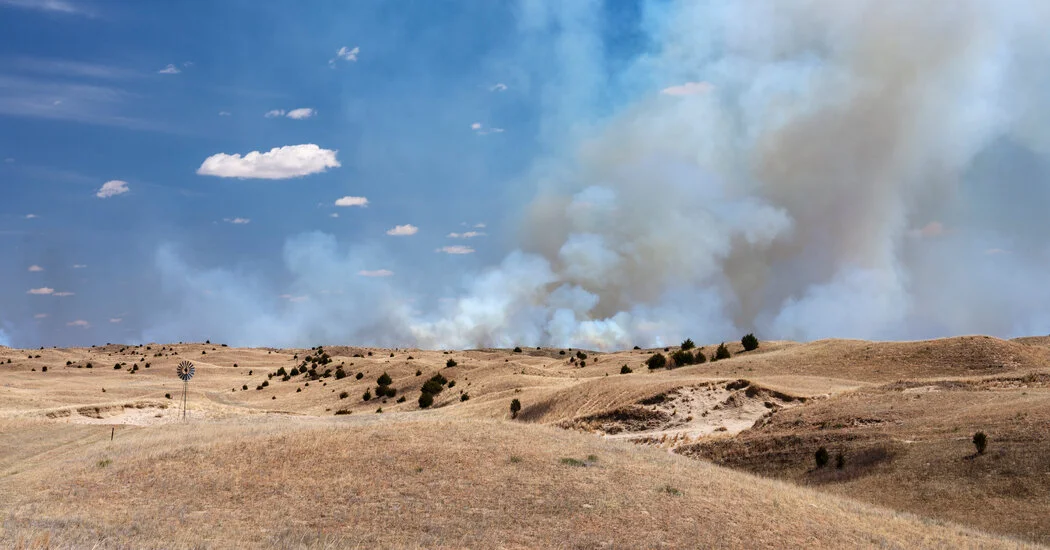Thanks in part to roughly 100 years of fire suppression on the Great Plains, this drought-tolerant native tree [eastern red cedar] — once primarily confined to river bottoms and rocky outcrops — has crept from the gullies to the grasslands, from the humid East to the arid West from Texas to South Dakota, and is now dismantling what little remains of one of the most endangered ecosystems in the world.



Grasslands are also carbon sinks. I don’t know off hand whether grasslands are inferior to forest in the regard.
However, there is more to environmentalism than carbon. I live in Southern Saskatchewan. To a very close approximation, the only trees you can see have been either planted by settlers or are descended from trees planted by settlers. Before Europeans (and maybe even before the arrival of the peoples who preceded Europeans), the natural ecosystem in very large regions of the central plains of North America was a mostly treeless landscape with untold numbers of flora and fauna never found in forested areas.
My understanding is that even natural grassland wildfires were enough to keep trees from gaining a foothold. Higher populations of grazing megafauna may also have played a role.